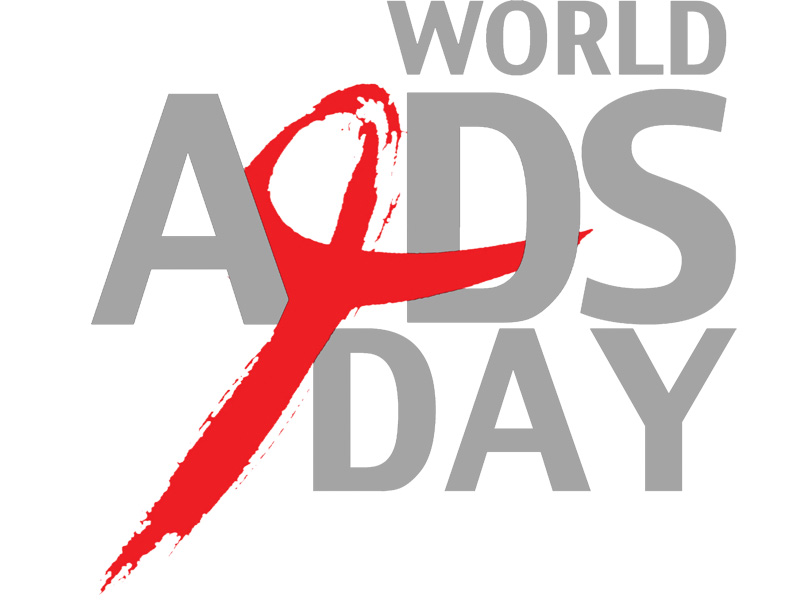
PESHAWAR:
Drug users, male sex workers, transgenders, expatriate migrant workers, jail inmates and truckers are just some of the populace at high risk of contracting HIV in Khyber-Pakhtunkhwa (K-P) and the Federally Administrated Tribal Areas (Fata). Another less discussed high-risk group are those who undergo medical procedures which use infected plasma, tools or organs.
Over the years, the country has gone from a low-prevalence high-risk country to one which is at the ‘concentrated phase’ of the HIV/AIDS epidemic (National AIDS Control Programme, 2013). According to UNAIDS and the World Health Organisation, the concentrated phase means HIV prevalence is over 5% in at least one defined sub-population but below 1% in pregnant women in urban areas.
In 2013, World AIDS Day was observed under the theme ‘Getting to Zero’, with a list of aims and goals to reach by 2015, including zero gender-based violence.
Mapping prevalence
This year the number of people living with HIV in Pakistan is close to 100,000. The most advanced stage of HIV – AIDS – kills at least 5,000 people in Pakistan annually.
At least 1,237 people, including 295 women and 58 children, are HIV positive in K-P and Fata. Close to one-seventh of them live in Peshawar, including 30 women and four children. The second largest number of HIV-positive people are from North Waziristan; 96 people, including 29 women and six children.

It would do well to remember these are just the number of reported patients; actual figures are estimated to be much higher.
According to NACP Manager Syed Muhammad Javed, at an average, 1.5% males, 0.6% females, 5% transgenders and 27% drug users are HIV positive in Pakistan.
He estimates 20% drug users in Peshawar, 52% in Faisalabad and 42% in Karachi have been infected by HIV/AIDS.
Contracting HIV
According to the Ministry of National Health Services Regulation and Coordination’s National AIDS Control Programme (NACP), the prevalence of HIV among intravenous drug users (IDUs) stands at nearly 37.8%.
Javed stipulates young people in urban areas are more vulnerable to HIV as they are more sexually active.
He adds many women in K-P and Fata get the virus from their husbands who were migrant workers before they returned and got married. These patients are higher in number in areas like North Waziristan where a large number of men emigrate for work, says Javed.
Earlier reports calculate many migrant workers contract HIV from sex workers and bring the virus back to their homes in Pakistan where it silently passes on to wife or child or through unsafe medical procedures.
A for AIDS
The NACP manager explains how HIV leads to AIDS. AIDS is caused by the human immunodeficiency virus or HIV which infects cells of the human immune system, destroying or impairing their function, says Javed.
“People living with HIV tend to be most infectious in the first few months; many are unaware of their status until the later stages. In the early stages of infection, the person has no symptoms.”
As the infection progresses, the immune system becomes weaker, and the individual can develop other signs and symptoms such as swollen lymph nodes, weight loss, fever, diarrhoea and becomes more susceptible to so-called opportunistic infections such as TB, neurological disorders and unusual cancers.
“There are serious issues which compound risk factors further such as low literacy rate, especially among women; indiscriminate transfusion of unscreened blood; use of non-sterilized medical instruments; and reusing and sharing contaminated needles and syringes.”
Javed quickly adds, “Not to dismiss factors such as quacks, community dental clinics, street barbers, commercial sex between hetero and homosexuals, labour migration and low condom use rates all of which puts Pakistan in danger of a rapid HIV epidemic.”
“It can take 10-15 years for an HIV-infected person to develop AIDS, the end stage of HIV. Usually the AIDS patient dies within six months.”
Treatment centres
The government has established 18 treatment centres across the country where HIV/AIDS patients are treated free of cost. To run these centres and provide free treatment, $33 million was collected from four provincial governments, Rs59 million from the federal government and $23 million from the Global Fund to Fight AIDS, Tuberculosis & Malaria. Various countries contribute to the fund and give portions to Pakistan as aid.
According to Javed, the main role of the NACP is to coordinate HIV care across the country, and to develop and ensure quality standards.
NACP also procures anti-retroviral drugs (ARVs) and other supplies related to HIV care for the entire country to benefit from bulk purchasing and economies of scale. These responsibilities are undertaken by an HIV Treatment Coordination Unit at NACP.
Ministry of Inter-provincial Coordination Monitoring & Evaluation Specialist Dr Rajwal Khan shares there are currently two HIV/AIDS treatment centres in Peshawar and Kohat districts with the help of NACP.
At least 1,413 registered patients are benefitting from this centre, says Rajwal. The total cost of treating an HIV/AIDS patient at one of these centres is $300. Of this amount, $110 is the cost of a viral load test which has to be done every six months, $55 for a CD-4 test and the remaining is spent on other medicines and treatment.
Patients from Afghanistan also visit these centres for treatment.
Breakdown of HIV/AIDS patients in K-P and FATA | |||||
No | Districts | Males | Females | Children | Total patients |
K-P | |||||
1 | CHITRAL | 6 | 1 | 0 | 7 |
2 | SWAT | 42 | 17 | 2 | 61 |
3 | UPPER DIR | 28 | 18 | 5 | 51 |
4 | LOWER DIR | 37 | 20 | 2 | 59 |
5 | SHANGLA | 2 | 2 | 0 | 4 |
6 | MALAKAND | 13 | 4 | 0 | 14 |
7 | BUNER | 20 | 4 | 0 | 24 |
8 | MARDAN | 22 | 3 | 3 | 28 |
9 | CHARSADDA | 48 | 12 | 5 | 65 |
10 | SWABI | 35 | 7 | 0 | 42 |
11 | PESHAWAR | 152 | 30 | 4 | 186 |
12 | NOWSHERA | 26 | 6 | 0 | 32 |
13 | KOHAT | 20 | 9 | 2 | 31 |
14 | HANGU | 34 | 8 | 0 | 42 |
15 | KARAK | 3 | 3 | 0 | 6 |
16 | BANNU | 69 | 21 | 5 | 95 |
17 | LAKKI MARWAT | 22 | 8 | 0 | 30 |
18 | TANK | 3 | 0 | 0 | 3 |
19 | D.I. KHAN | 6 | 1 | 0 | 7 |
20 | CHITRAL | 6 | 1 | 0 | 7 |
21 | KOHISTAN | 1 | 0 | 0 | 1 |
22 | MANSEHRA | 7 | 3 | 1 | 11 |
23 | BATTAGRAM | 3 | 1 | 0 | 4 |
24 | ABBOTTABAD | 3 | 1 | 0 | 4 |
25 | HARIPUR | 0 | 0 | 0 | 0 |
26 | FR KOHAT | 2 | 2 | 1 | 5 |
FATA | |||||
1 | BAJAUR AGENCY | 6 | 2 | 1 | 9 |
2 | MOHMAND AGENCY | 9 | 4 | 2 | 15 |
3 | KHYBER AGENCY | 30 | 14 | 5 | 49 |
4 | KURRAM AGENCY | 41 | 20 | 4 | 65 |
5 | ORAKZAI AGENCY | 15 | 4 | 0 | 19 |
6 | N WAZIRISTAN AGENCY | 61 | 29 | 6 | 96 |
7 | S WAZIRISTAN AGENCY | 26 | 7 | 6 | 39 |
Patients from other areas | |||||
1 | AFGHANISTAN | 84 | 32 | 4 | 120 |
2 | PUNJAB | 8 | 2 | 0 | 10 |
TOTAL | 890 | 296 | 58 | 1,244 | |
Published in The Express Tribune, December 2nd, 2013.
COMMENTS (1)
Comments are moderated and generally will be posted if they are on-topic and not abusive.
For more information, please see our Comments FAQ














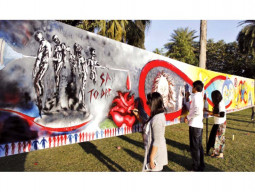
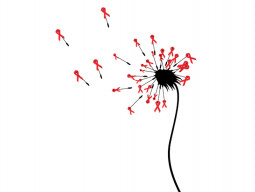
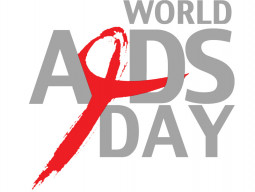


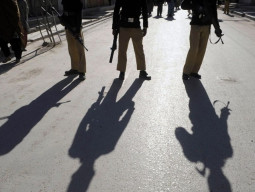

















each day the country sinks one step to the dark bottom, economic crises, load shedding, extremism, corruption, uneducation, poverty, and now polio, AIDS and other diseases slowly taking over the society that is already sick with mental and ideological diseases. And our govt and establishment continue to live a life of luxury and buy junk outdated toys from china. Shame for us..